Dasha Mahavidya
The Dasha Mahavidya are ten powerful forms of the Divine Mother, representing different energies that guide devotees toward wisdom, protection, and success. Each goddess has her unique traits and blessings, making them essential in Tantra practices and spiritual rituals. Worshipping the 10 Mahavidya through dedicated pujas can help overcome obstacles, improve relationships, and bring prosperity.
Let’s explore the 10 Mahavidya names, their significance, and the benefits of performing the 10 Mahavidya Puja.
10 Mahavidya Names and Their Sacred Powers
1. Kali – The Fierce Protector
Kali is the first and most powerful goddess in the Dash Mahavidya. Known as the destroyer of evil, she represents time, transformation, and ultimate reality. With her dark skin, wild hair, and garland of skulls, Kali symbolizes power over destruction and renewal. Devotees often visit the Kalighat Kali Temple in Kolkata or the Dakshineswar Kali Temple in West Bengal to seek her blessings for courage, protection, and spiritual growth. Worshipping Kali through the 10 Mahavidya Puja is believed to help overcome fears, negativity, and harmful influences.
Despite her fierce form, Kali is a compassionate mother who safeguards her devotees from harm. Her worship is especially popular among those facing major life challenges, as her energy empowers individuals to gain inner strength and confidence.
2. Tara – The Compassionate Savior
Tara, the second goddess in the 10 Mahavidya, is known for her protective and guiding nature. Often depicted in a deep blue hue, Tara holds a scimitar and a skull cup, symbolizing her ability to save devotees from worldly illusions. She is especially revered at the Tarapith Temple in West Bengal, where devotees seek her blessings for protection, courage, and wisdom.
Tara’s worship is believed to bring clarity of mind and guidance during tough times. Performing the Dash Mahavidya Puja dedicated to Tara is said to provide peace of mind, enhance decision-making skills, and offer spiritual guidance. Devotees often invoke Tara when they face confusion, fear, or difficult life situations.
3. Tripura Sundari (Shodashi) – The Goddess of Beauty and Bliss
Tripura Sundari, also known as Shodashi, is the goddess of beauty, love, and perfection. Her name means “the goddess who is beautiful in all three worlds.” Seated on a lotus with radiant grace, Tripura Sundari’s presence symbolizes charm, harmony, and inner peace. Worshippers visit the Tripura Sundari Temple in Udaipur, Tripura to seek her blessings for love, prosperity, and spiritual fulfillment.
Devotees believe that the 10 Mahavidya Puja dedicated to Tripura Sundari enhances beauty, promotes positive energy, and strengthens relationships. She is often worshipped to attract love, improve family bonds, and achieve mental clarity.
4. Bhuvaneshwari – The Creator of the Universe
Bhuvaneshwari, the cosmic mother, governs creation and balance in the universe. Her calm yet powerful form reflects her role as the cosmic controller who maintains harmony in the world. Devotees often worship her at the Bhuvaneshwari Temple in Guwahati, Assam to seek stability, peace, and success in life.
Worshipping Bhuvaneshwari through the Dash Mahavidya Puja is believed to attract positive energies, resolve conflicts, and bring prosperity to households. Her energy is especially beneficial for those seeking balance in their personal and professional lives.
5. Chhinnamasta – The Self-Sacrificing Goddess
Chhinnamasta is a powerful goddess known for her bold and fierce form. She is depicted holding her severed head, with three streams of blood flowing from her neck, symbolizing self-sacrifice and control over desires. Devotees worship her at the Chhinnamasta Temple in Rajrappa, Jharkhand, seeking her blessings for overcoming toxic habits and negative influences.
Despite her intimidating form, Chhinnamasta teaches the value of detachment from materialistic pleasures. Performing her 10 Mahavidya Puja is believed to enhance mental clarity, improve self-control, and empower individuals to break free from destructive behaviors.
6. Bhairavi – The Fierce Goddess of Courage
Bhairavi represents power, courage, and strength. Often depicted with a fiery aura, Bhairavi holds weapons symbolizing her readiness to destroy evil forces. Her devotees visit the Bhairavi Temple in Varanasi, Uttar Pradesh, to seek her blessings for bravery, mental toughness, and success in life’s challenges.
Worshipping Bhairavi through the dasha Mahavidya Puja is believed to remove obstacles, protect from harm, and strengthen the mind. Her energy empowers individuals to face struggles confidently, making her worship ideal for those seeking career growth, legal victory, or mental stability.
7. Dhumavati – The Widow Goddess of Detachment
Dhumavati is an elderly goddess who represents detachment, patience, and solitude. Her appearance symbolizes the darker aspects of life, including grief, loss, and challenges. Devotees visit the Dhumavati Temple in Varanasi, Uttar Pradesh, to seek mental peace and strength during difficult times.
Worshipping Dhumavati through the Dash Mahavidya Puja is believed to help overcome sadness, depression, and negativity. She teaches her devotees to develop resilience, patience, and acceptance, helping them to embrace life’s uncertainties with strength.
8. Baglamukhi – The Goddess of Power and Victory
Baglamukhi is a powerful goddess known for silencing enemies and ensuring victory in disputes. Dressed in golden attire and holding a club, Baglamukhi is often invoked for protection from evil forces. The Baglamukhi Temple in Kangra, Himachal Pradesh, and the Baglamukhi Temple in Nalkheda, Madhya Pradesh, are popular sites where devotees seek her blessings for success in court cases, debates, and competitive situations.
Performing the Dash Mahavidya Puja for Baglamukhi is believed to improve confidence, sharpen speech, and ensure victory over opponents. Her energy is particularly helpful for leaders, politicians, and those facing legal issues.
9. Matangi – The Goddess of Wisdom and Music
Matangi is the goddess of wisdom, intellect, and creativity. Often depicted holding a veena, Matangi blesses her devotees with knowledge, artistic skills, and communication abilities. Devotees worship her at the Matangi Temple in Kanchipuram, Tamil Nadu, to enhance their creative talents and improve focus in learning.
Performing the 10 Mahavidya Puja dedicated to Matangi is believed to sharpen memory, improve decision-making skills, and promote success in academics and the arts. Her blessings are especially sought by students, writers, and musicians.
10. Kamala – The Goddess of Wealth and Prosperity
Kamala, the final goddess in the Dasha Mahavidya, is a form of Goddess Lakshmi, representing wealth, abundance, and comfort. Seated on a lotus and showering gold coins, Kamala’s divine presence brings prosperity and success. Devotees visit the Kamakhya Temple in Guwahati, Assam, to seek her blessings for financial growth, stability, and family harmony.
The Dash Mahavidya Puja dedicated to Kamala is believed to attract wealth, improve business success, and ensure overall well-being. Her blessings are especially valued by entrepreneurs and those seeking career advancement.
Spiritual Significance of Dash Mahavidya
The Dash Mahavidya are very important in Hinduism, especially in Tantra practices. Each of the 10 Mahavidya is a unique form of the Divine Mother, representing powerful energies that guide people toward wisdom and spiritual growth. These goddesses stand for qualities like courage, knowledge, protection from evil, and positive change. Worshipping the Dasha Mahavidya is believed to help remove negativity, overcome fears, and bring mental peace and strength.
The 10 Mahavidya Puja is more than just a ritual — it’s a path to self-discovery and personal growth. Each goddess shares a special lesson: Kali teaches strength, Tara offers guidance, and Tripura Sundari represents beauty and inner peace. Performing this puja is believed to bring wisdom, spiritual progress, and a deeper bond with the divine, making it ideal for those seeking positivity and protection in life.
The spiritual essence of the Dash Mahavidya is closely connected to significant Hindu pilgrimages like the Prayagraj Mahakumbh Mela 2025. This grand spiritual gathering offers devotees an opportunity to participate in sacred rituals, including Mahavidya pujas, to seek divine blessings, purification, and spiritual growth.
Conclusion
The Dasha Mahavidya are powerful manifestations of the Divine Mother, each offering unique blessings for devotees. Performing the 10 Mahavidya Puja with devotion is believed to bring protection, wisdom, courage, and prosperity. By understanding the Dash Mahavidya names, their significance, and associated temples, devotees can connect deeply with these divine energies for spiritual growth and success.
Recent Post
-
 Understanding What is Baglamukhi Puja and the Powerful Benefits of Maa Baglamukhi Puja
Understanding What is Baglamukhi Puja and the Powerful Benefits of Maa Baglamukhi Puja -
 Unlock Divine Protection with Maa Baglamukhi Puja and Maa Baglamukhi Puja Vidhi
Unlock Divine Protection with Maa Baglamukhi Puja and Maa Baglamukhi Puja Vidhi -
Maa Baglamukhi Mantra: Meaning & Benefits
-
Maa Baglamukhi Chalisa: Verses, Meaning & Spiritual Benefits
-
How to Do Kaal Sarp Dosh Puja on Nag Panchami: Step-by-Step Guide
-
Why Is Performing Kaal Sarp Dosh Puja on Nag Panchami So Important?
-
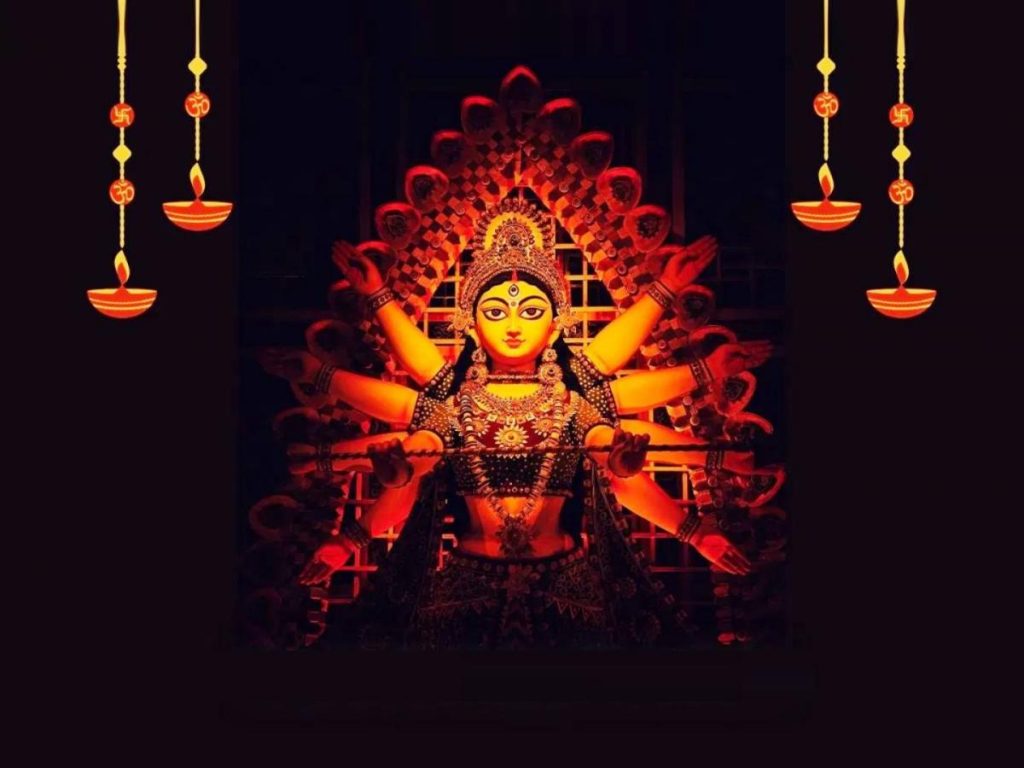 Ashadha Gupt Navratri 2025: Date, Time, Puja Vidhi, and Ritual Details
Ashadha Gupt Navratri 2025: Date, Time, Puja Vidhi, and Ritual Details -
 Why Akshay Tritiya 2025 is Perfect for New Beginnings: Date, Muhurat, Puja & More
Why Akshay Tritiya 2025 is Perfect for New Beginnings: Date, Muhurat, Puja & More -
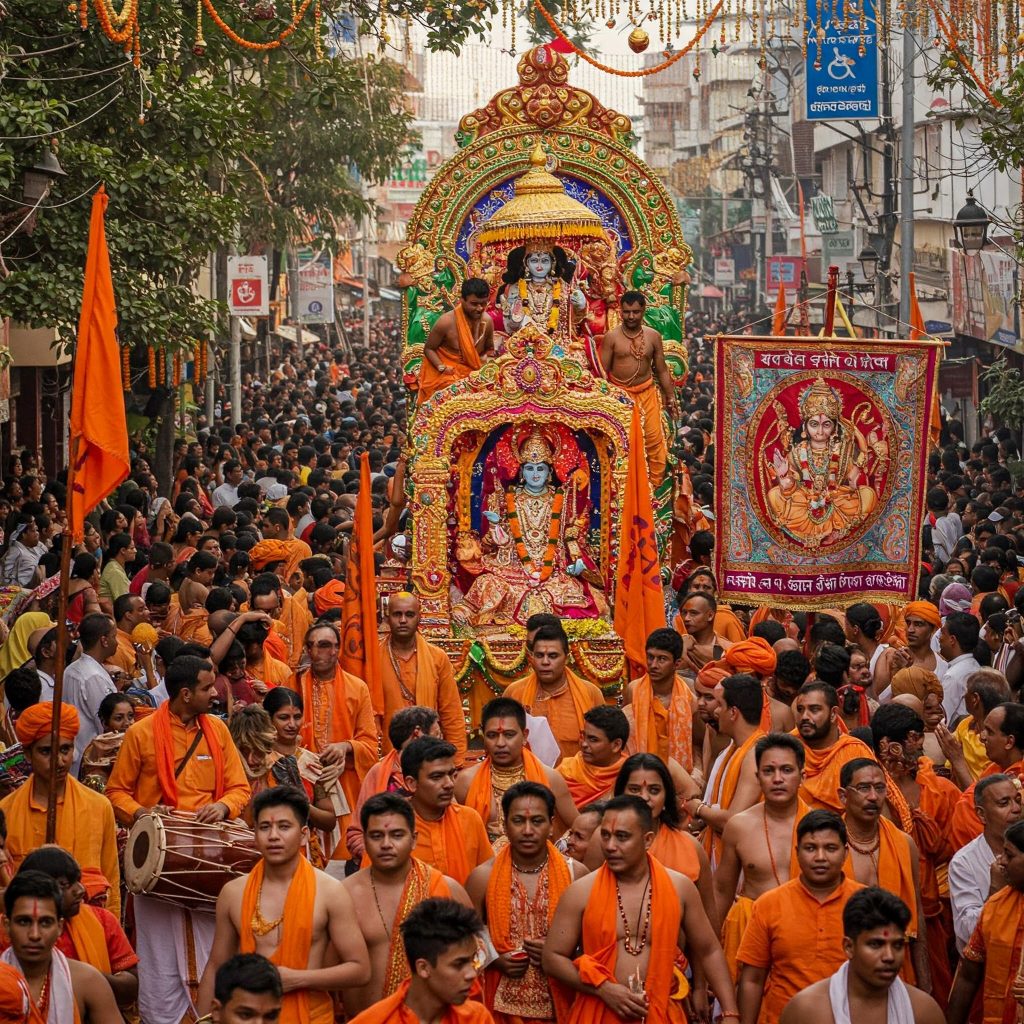 Ram Navami 2025: Why This Day is Special for Devotees of Lord Rama
Ram Navami 2025: Why This Day is Special for Devotees of Lord Rama -
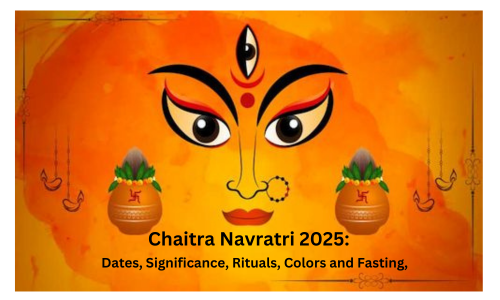 Celebrating Chaitra Navratri 2025: Dates, Significance, Rituals, Colors and Fasting
Celebrating Chaitra Navratri 2025: Dates, Significance, Rituals, Colors and Fasting -
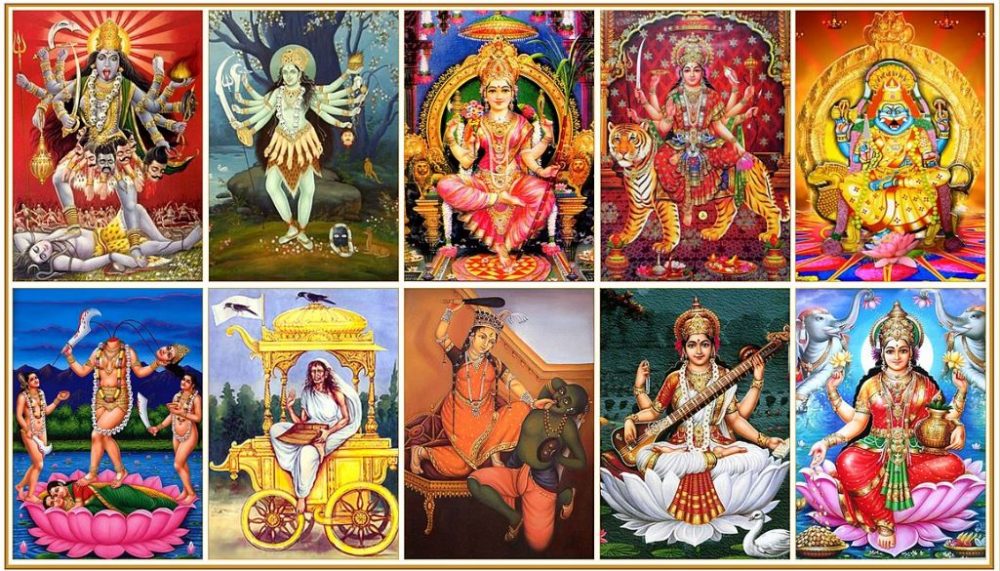 Introduction to 10 Mahavidya Name: The Great Wisdom Goddesses
Introduction to 10 Mahavidya Name: The Great Wisdom Goddesses -
 Chant Maa Baglamukhi 108 Names and Their Meaning for Strength and Victory
Chant Maa Baglamukhi 108 Names and Their Meaning for Strength and Victory -
 Why Should You Perform Navgrah Puja? Understanding Its Importance & Benefits
Why Should You Perform Navgrah Puja? Understanding Its Importance & Benefits -
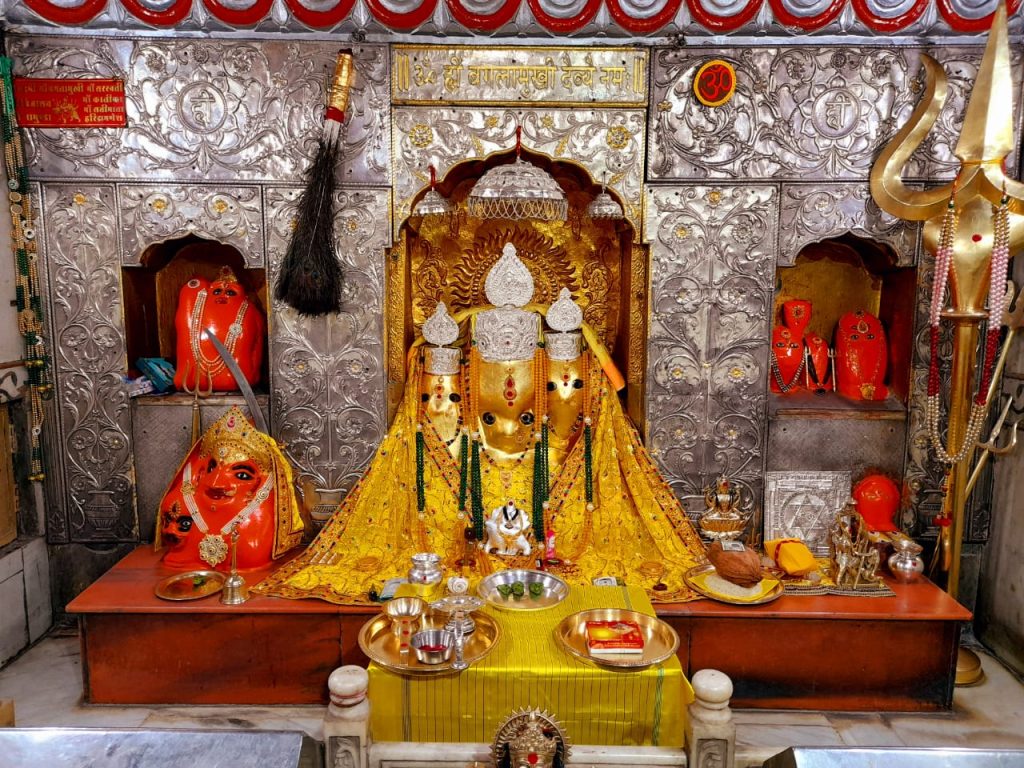 Maa Baglamukhi Aarti & Meaning of Maa Baglamhukhi
Maa Baglamukhi Aarti & Meaning of Maa Baglamhukhi -
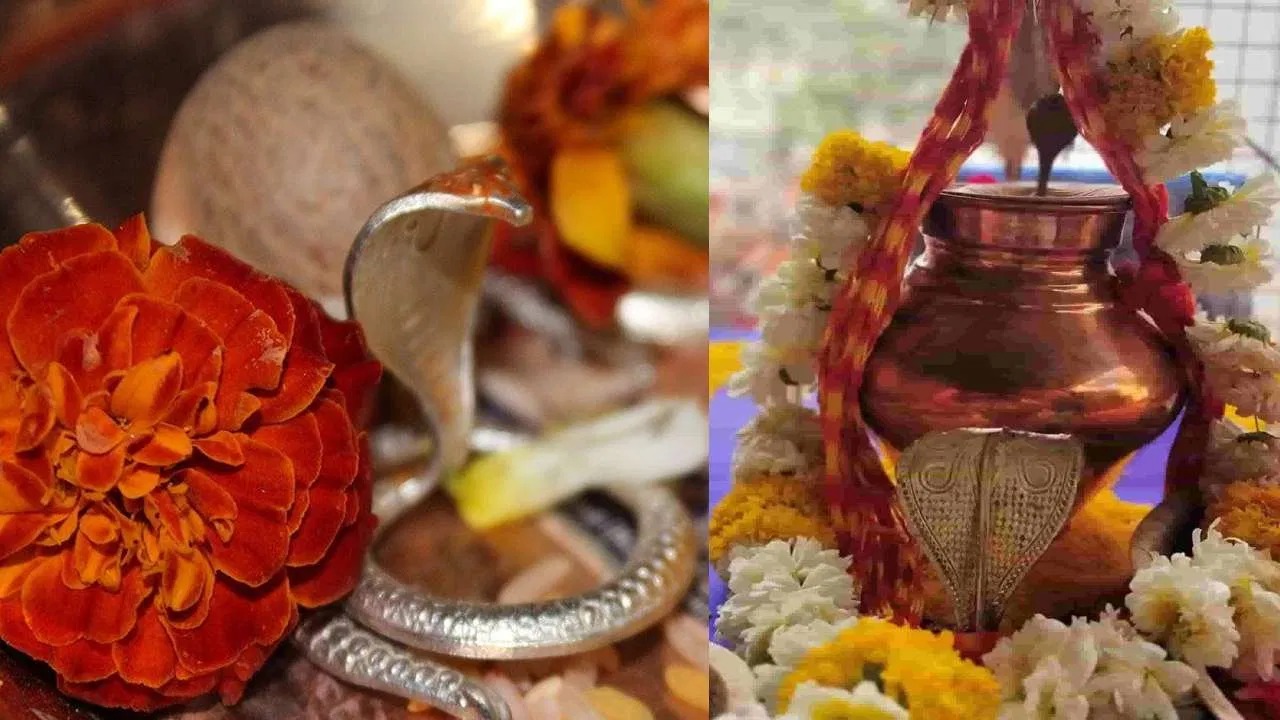 What is Kaal Sarp Dosh? Effects, and Remedies to Overcome It
What is Kaal Sarp Dosh? Effects, and Remedies to Overcome It -
 Maha Kumbh Mela 2025: A Festival of Faith and Culture
Maha Kumbh Mela 2025: A Festival of Faith and Culture
We're Here Help
Need assistance? We're here to help with support, guidance, and resources. Reach out to us anytime.
our poojas
Mangal Dosha Puja neutralizes malefic effects, resolves marital obstacles, and brings harmony and prosperity with Goddess Baglamukhi's blessings.

